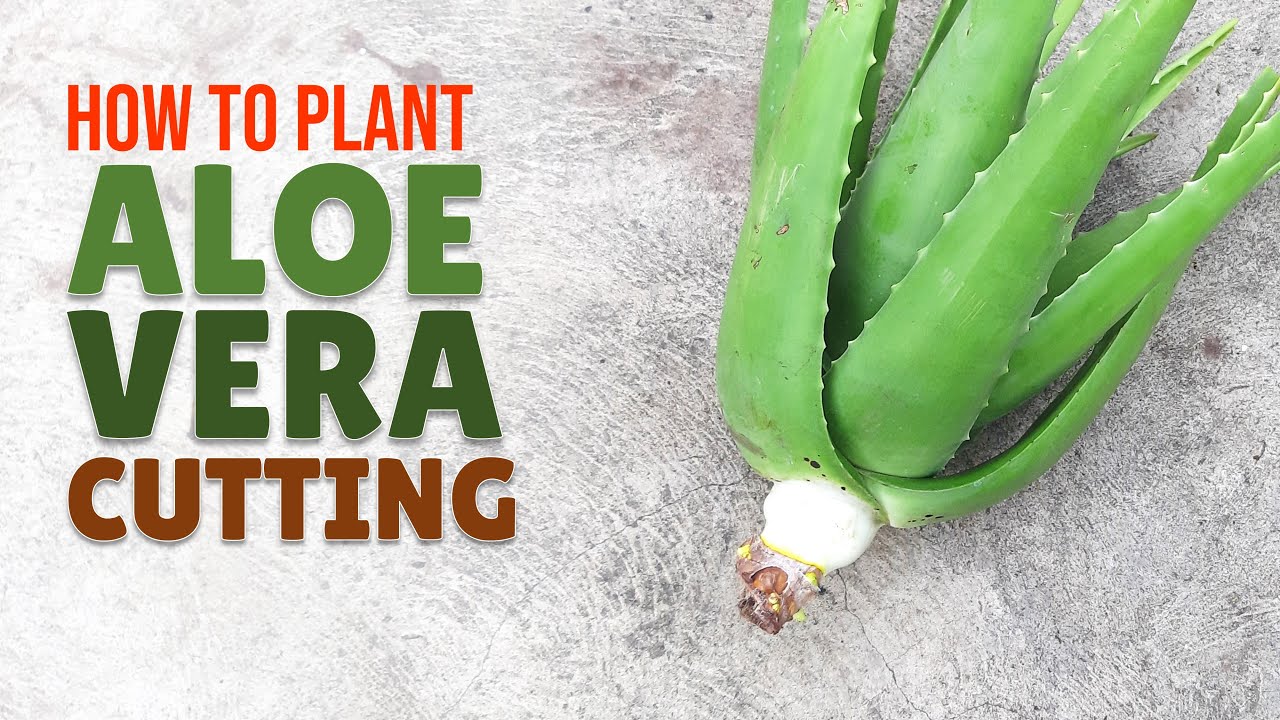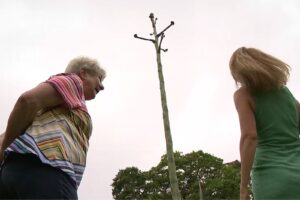When it comes to the world of horticulture, few plants hold the same allure and practicality as the versatile aloe vera. Its succulent leaves, brimming with moisture and nutrients, have captivated gardening enthusiasts and health aficionados alike. Growing an aloe plant from a cutting can be an enriching experience, and it allows you to reap the benefits of this remarkable botanical specimen while nurturing your connection to nature.
Like a sculptor chiseling a masterpiece from a block of marble, propagating an aloe plant from a cutting requires patience, precision, and an understanding of its unique requirements. The journey begins not with seeds or soil, but rather with a leaf—a small, unassuming segment that harbors the potential for greatness.
In this comprehensive guide, you will uncover the secrets to successfully cultivating aloe vera from a single cutting. Whether you are a seasoned green thumb or a novice gardener, the following tips will equip you with essential knowledge and techniques, ensuring your aloe thrives in its new home.
Before embarking on the journey of aloe cultivation, it is vital to understand the anatomy of this remarkable plant. Aloe vera is a succulent, which means it specializes in storing water within its leaves to survive in arid conditions. The structure of its leaves, thick and fleshy, allows it to retain moisture, making it a forgiving choice for gardeners who may have errant watering habits. Knowing these characteristics sets the stage for your cutting’s success.
Choosing Your Aloe Cutting Wisely
The first step in nurturing an aloe plant from a cutting is selecting the right leaf. A healthy cutting should be plump, robust, and free from blemishes. Look for a leaf that is at least six inches long and appears vibrant, brimming with life like a well-fed beast in the wild. Be cautious; the closer the cutting is to the base of the plant, the more likely it is to have rooting potential. This proximity can be likened to the foundation of a towering skyscraper—without a solid base, no structure can reach its full height.
Once you’ve identified a splendid leaf, wield a clean, sharp knife or pair of scissors to make a clean cut at the base of the leaf. This process is not just surgical; it’s ceremonial. The tool must be sanitized to prevent contamination, ensuring that your cutting remains untouched by pathogens that could hinder its growth. After cutting, it is advisable to let the leaf dry for a few days in a warm, shaded area. This allows the cut edge to callous over, much like a wound healing on the skin, and reduces the risk of rot once planted.
Preparing the Perfect Medium for Growth
Just as an artist requires the right canvas, your cutting needs an optimal growing medium to thrive. Aloe vera favors well-draining soil that mimics its native arid environment. A succulent or cactus potting mix is often ideal, but for those with a flair for customization, combining standard potting soil with sand or perlite can create the perfect blend. The goal here is to prevent excess moisture retention, which may lead to disastrous consequences, like root rot—akin to a tidal wave washing away a delicate sandcastle.
Once the mixture is ready, select a pot with drainage holes, essential for preventing stagnant water at the bottom. Place your prepared soil into the pot, creating a small well where your cutting will rest. Position the cutting in the soil, burying it partially while ensuring the calloused end stays above the soil line. This greets the cutting with an embrace, providing some security as it embarks on its rooting journey.
Watering and the Delicate Dance of Care
After planting, patience becomes your greatest ally. Water the cutting sparingly, using a mist or light sprinkle. Overly excited watering can lead to drowning the delicate roots that may soon unfurl like a flower blossoming under the sun. Wait until the top inch of soil is entirely dry before considering a second watering, embracing the rhythm of less frequent care—much like an artist stepping back to assess their creation before making the next stroke.
As the days turn into weeks, watch for signs of growth. Just as a butterfly emerges from its chrysalis, your cutting will slowly develop new leaves, signaling successful rooting. This glorious moment is an affirmation of your efforts. However, if you notice the leaves drooping or browning, it may indicate an issue of overwatering or insufficient light. Be vigilant, adjusting your methodology according to the plant’s unique needs.
Creating the Ideal Environment
Location is another critical factor, akin to the stage upon which the performance will unfold. Aloe vera thrives in bright, indirect sunlight, so position your pot near a window that offers gentle light. Too much direct sun can scorch the leaves, while too little can stunt its growth. Your plant requires companionship—not in the emotional sense, but rather a harmonious balance of light and shade, warmth and coolness. The ideal temperature range for your aloe plant hovers between 60°F to 75°F, maintaining a comfortable atmosphere for maximum growth.
Once your aloe plant has taken root and established itself, your role shifts from nurturer to observer. Continue to care for it as it flourishes, providing the occasional fertilizer in the growing season, ideally every four to six weeks. This will reinforce its growth like a foundation being fortified to support greater heights. Over time, your cutting will transform into a magnificent aloe plant, branching out and possibly producing pups—small offshoots that give you the opportunity to propagate yet again.
Growing an aloe plant from a cutting is not merely a botanical task; it is a relationship built on trust, patience, and observance. Each step offers a chance to delve deeper into the enthralling world of gardening. With proper care and attention, your aloe vera cutting will flourish, adding beauty, utility, and a touch of nature to your living space. Embrace the journey, for each leaf that unfurls tells a story—one of resilience, growth, and the remarkable power of life.





Leave a Comment